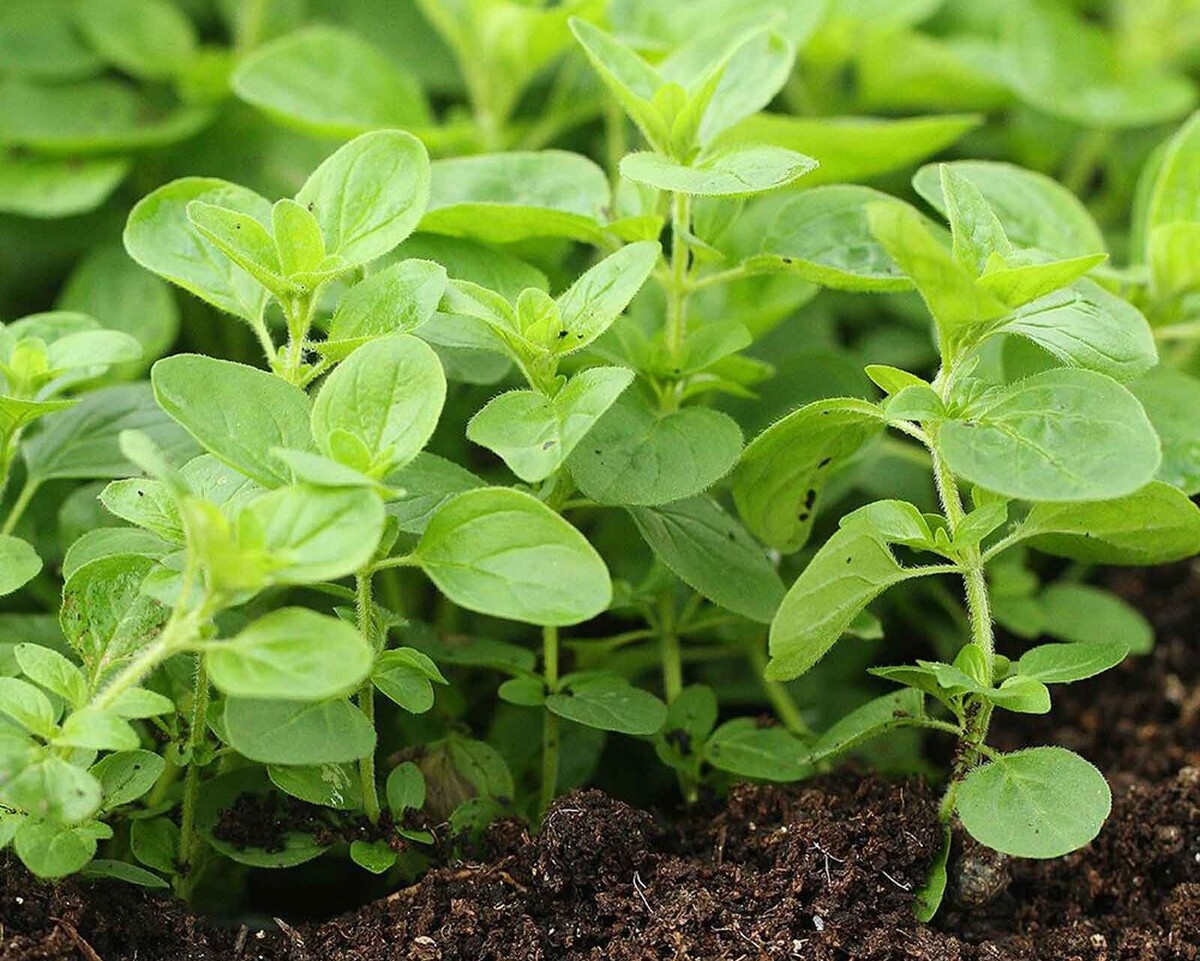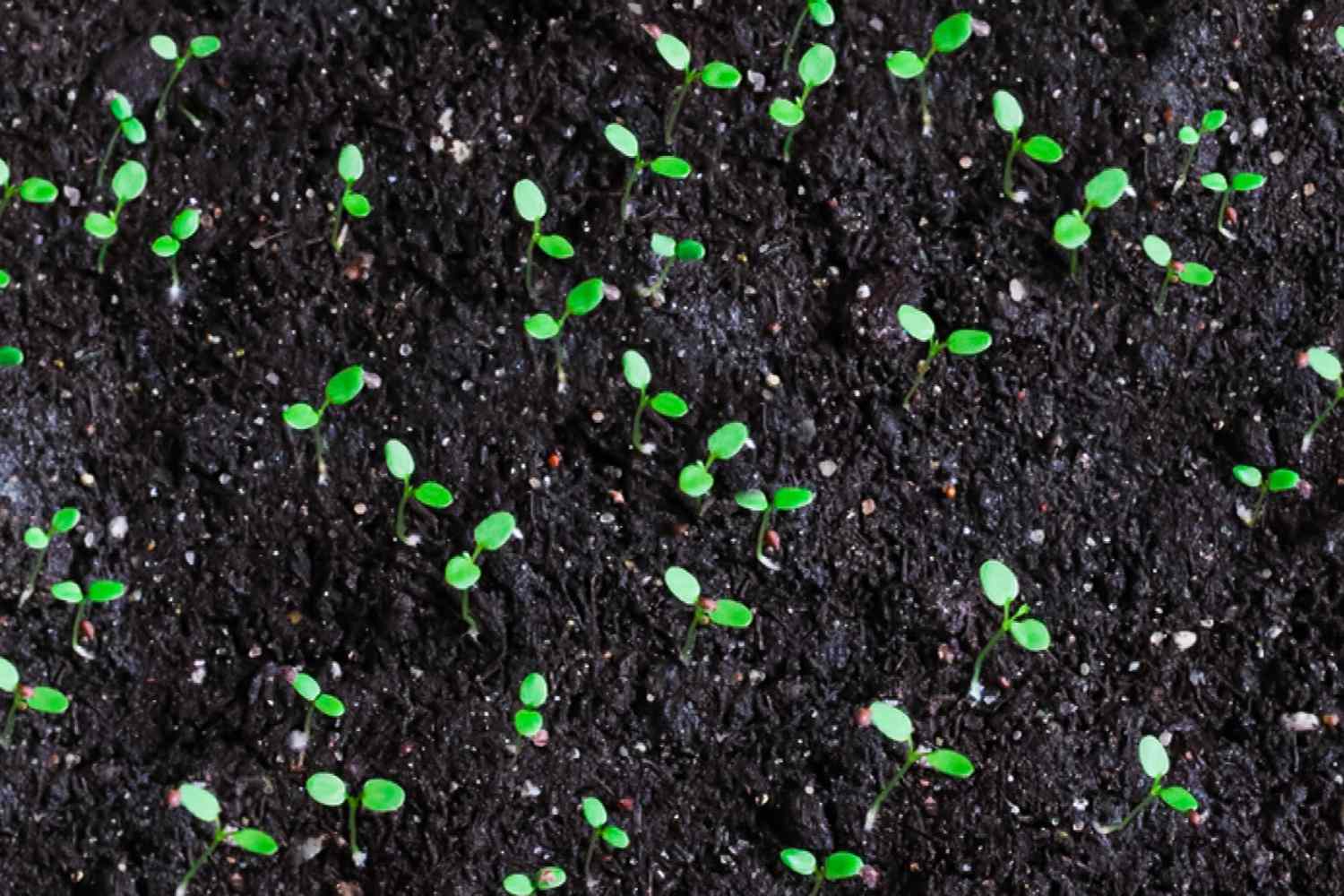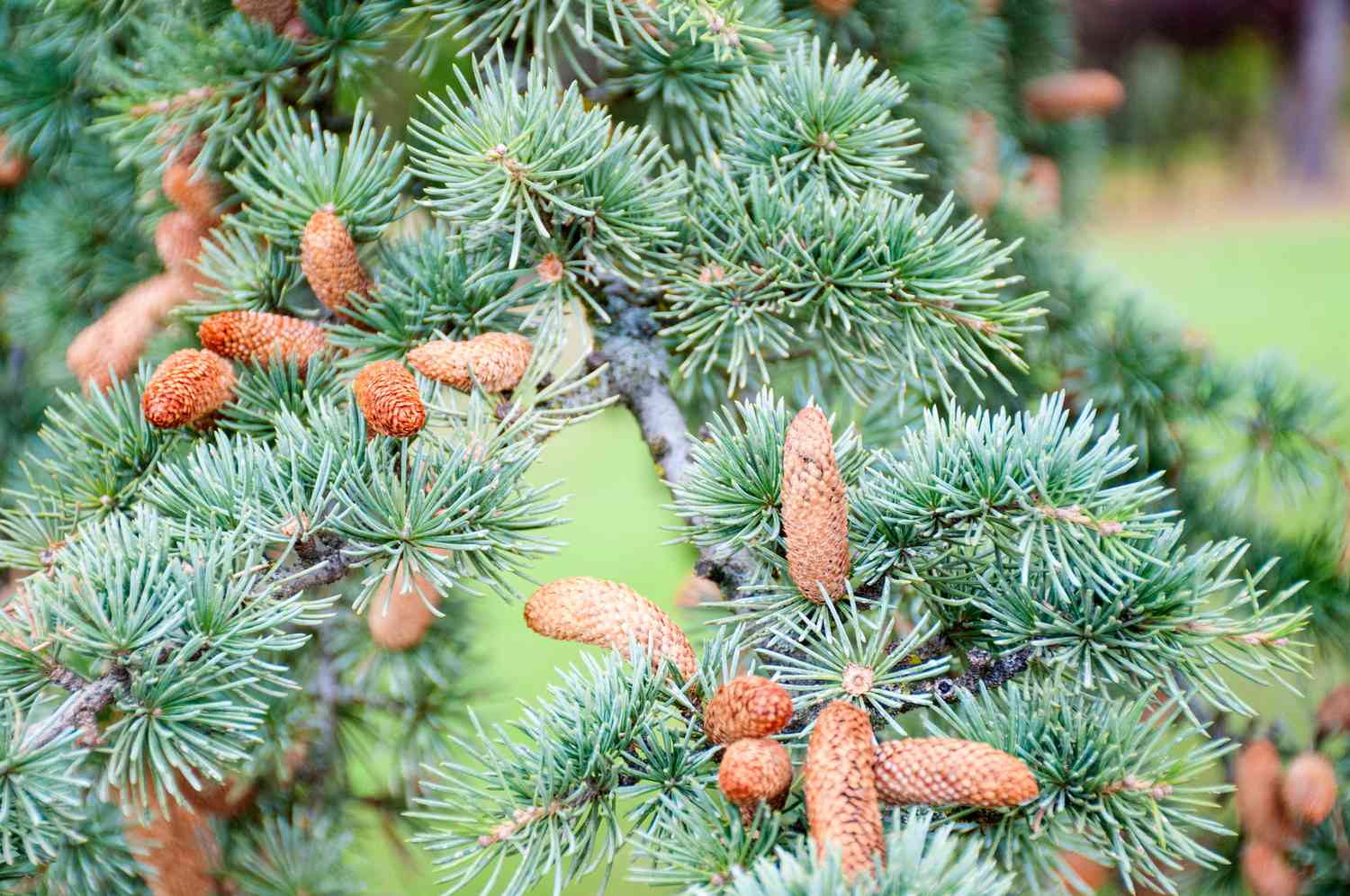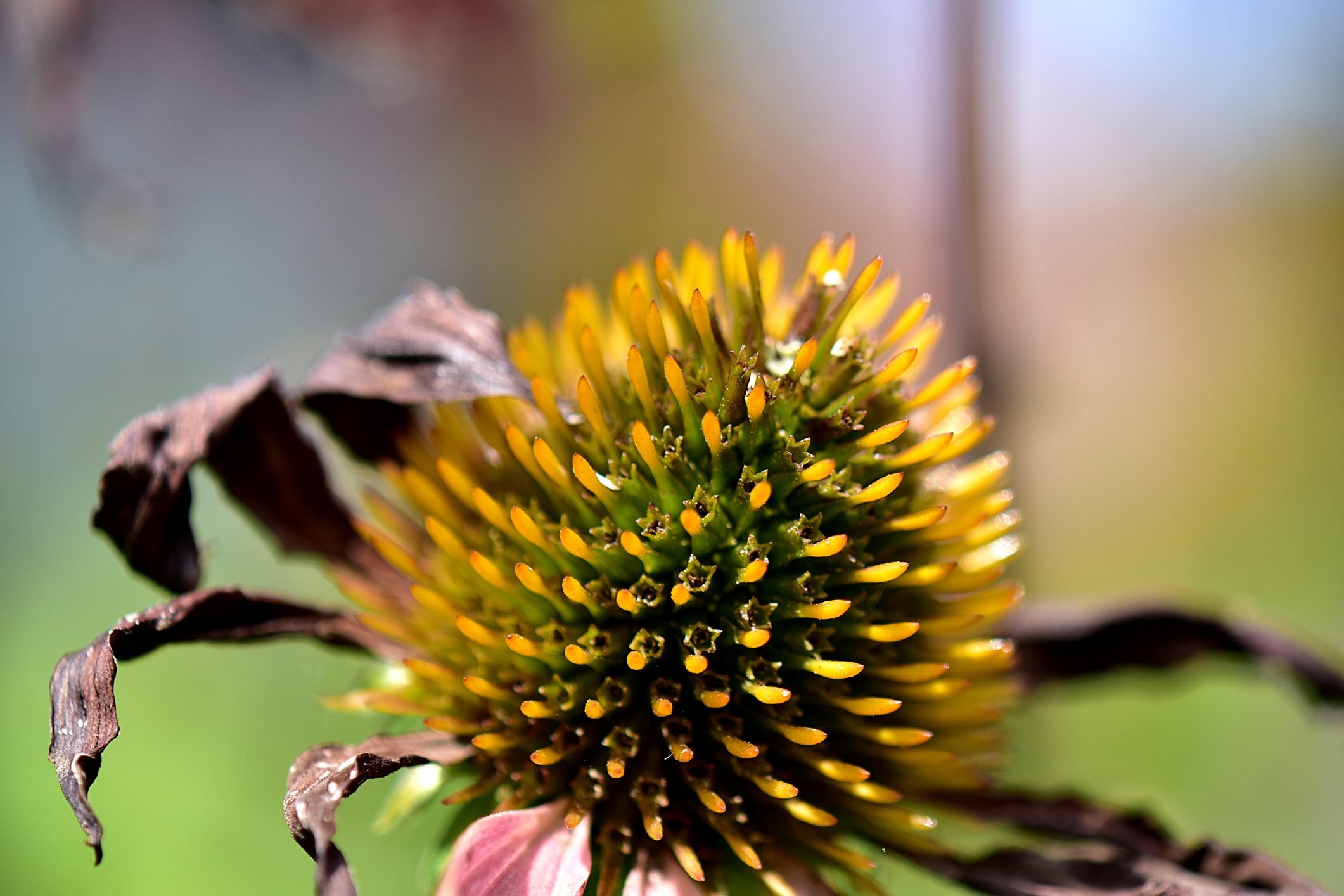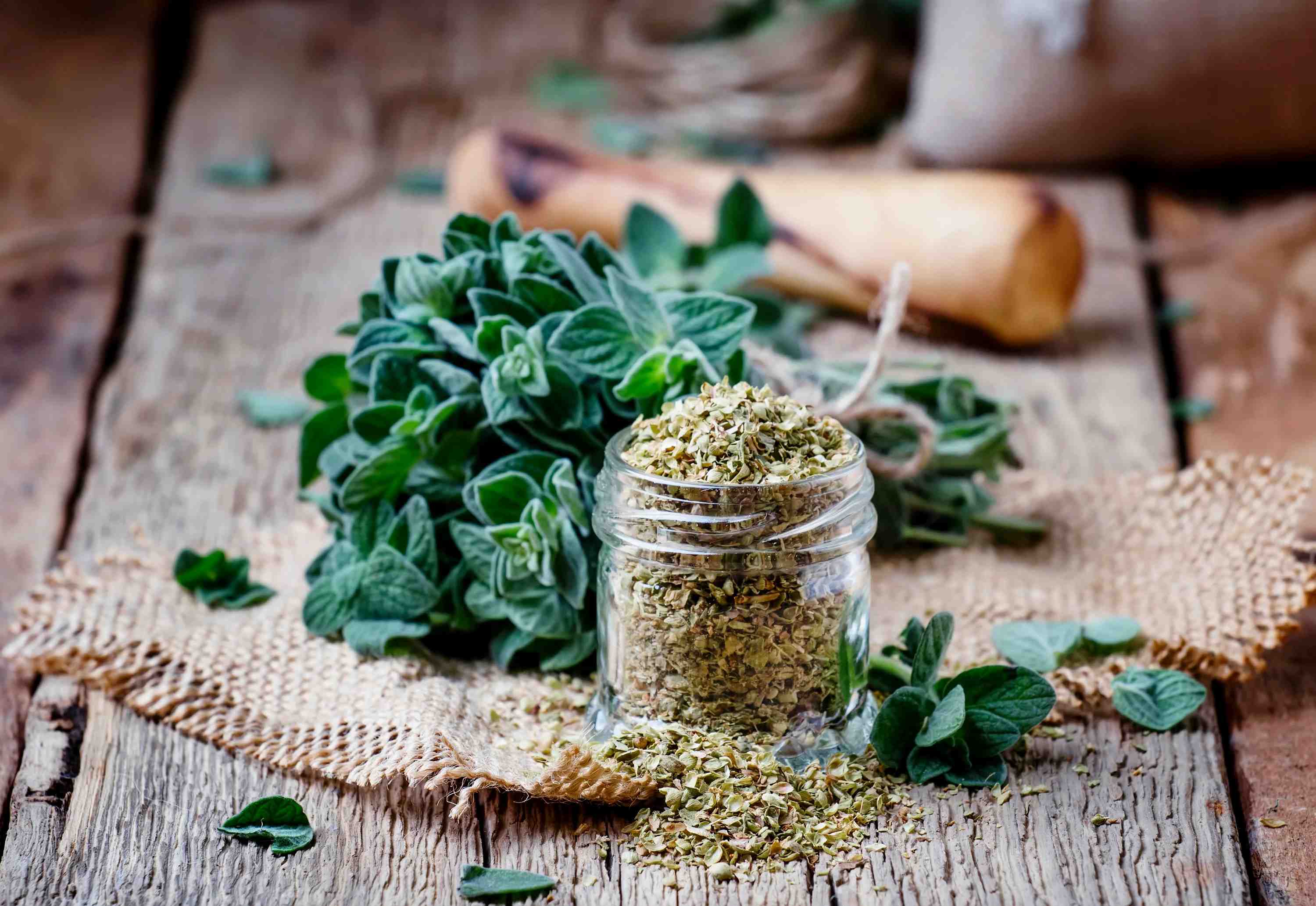Home>Gardening Tips and Tricks>Eco-Friendly Gardening>What Vegetables Do Not Like Peat Moss
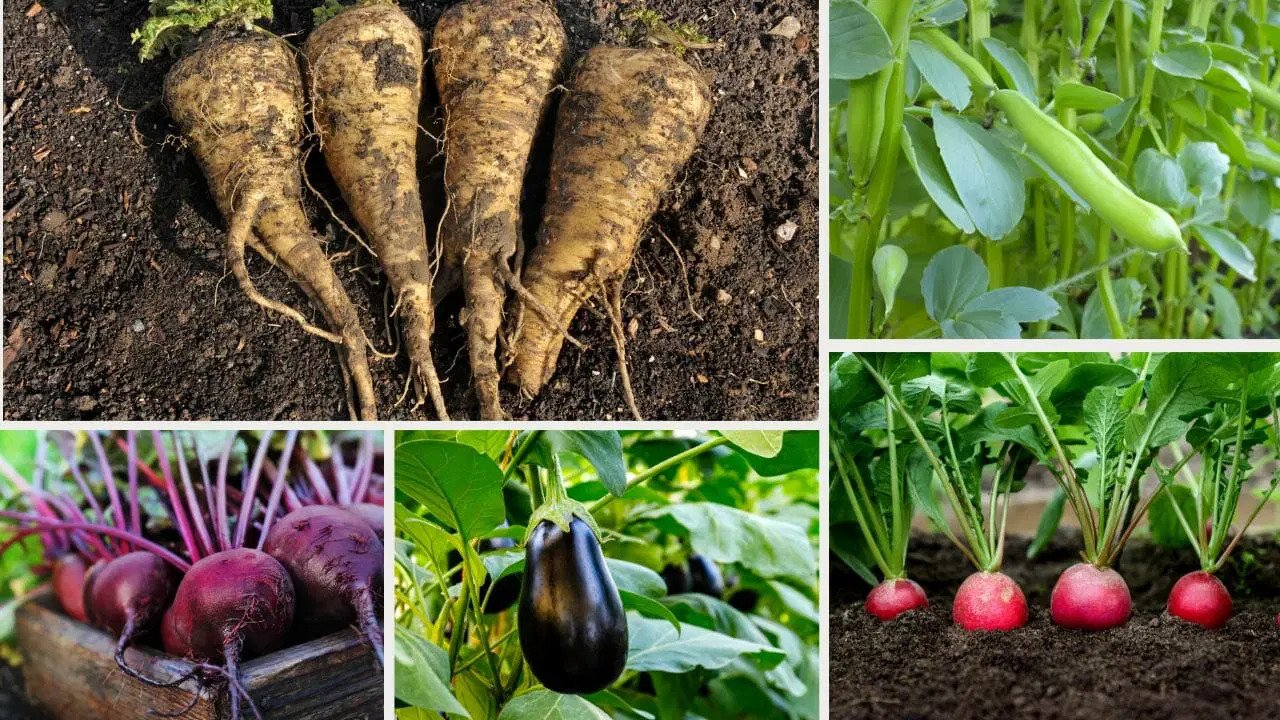

Eco-Friendly Gardening
What Vegetables Do Not Like Peat Moss
Modified: February 9, 2024
Discover eco-friendly gardening techniques and learn which vegetables should not be grown in peat moss for optimal results in your garden.
(Many of the links in this article redirect to a specific reviewed product. Your purchase of these products through affiliate links helps to generate commission for Chicagolandgardening.com, at no extra cost. Learn more)
Table of Contents
Introduction
Gardening is not only a popular hobby, but it also provides a wonderful opportunity to contribute to a sustainable and eco-friendly lifestyle. One aspect of eco-friendly gardening is choosing appropriate soil amendments that support the growth and health of plants. Peat moss is a commonly used soil amendment due to its ability to improve soil structure and water retention. However, it is important to note that not all vegetables thrive in peat moss.
Peat moss, also known as sphagnum moss, is derived from partially decomposed plant material found in wetland environments. It is highly acidic, lightweight, and has excellent water-holding capacity, making it ideal for certain gardening applications. Its ability to hold moisture makes it a popular choice for potting mixes, seed starting, and improving sandy soils.
However, despite its benefits, peat moss may not be suitable for all vegetables. Some vegetables prefer a more neutral or alkaline soil pH, while others require specific nutrients that may not be readily available in peat moss. Using peat moss in these cases can hinder the growth and development of these vegetables. Therefore, it is important to understand which vegetables do not thrive in peat moss and explore alternative soil amendments that can be used instead.
In this article, we will explore the negative effects of peat moss on certain vegetables and discuss alternative soil amendments that are better suited for their growth. By understanding these considerations, we can ensure that our gardens are optimized for the specific needs of each vegetable, promoting healthier and more productive plants.
Why peat moss is commonly used in gardening
Peat moss has long been a popular choice among gardeners for its numerous benefits in gardening and plant cultivation. Understanding why peat moss is commonly used can help shed light on its widespread use and popularity.
One of the main reasons peat moss is highly favored is its ability to improve soil structure. Its texture is light and airy, allowing for good drainage while still retaining moisture. This is especially beneficial for gardens with heavy clay soils that tend to retain water and become compacted. By adding peat moss to the soil, it helps to loosen the structure and increase air circulation, creating a healthier environment for plant roots.
Another advantage of peat moss is its excellent water retention properties. Peat moss has the ability to absorb and retain large amounts of water, providing a consistent moisture level that can prevent plants from drying out. This is particularly valuable in regions with limited rainfall or for plants that require higher moisture levels, such as certain varieties of ferns or bog plants.
Furthermore, peat moss is highly acidic in nature, with a pH level ranging from 4 to 5.5. This acidity is beneficial for acid-loving plants, such as blueberries, azaleas, and rhododendrons. These plants thrive in acidic conditions, and peat moss provides an ideal environment for their growth and development.
Peat moss also has the advantage of being lightweight, making it easy to handle, transport, and mix with other soil amendments. Its lightness allows for better aeration and prevents soil compaction, which can impede root growth. Additionally, its fibrous nature helps to increase the water-holding capacity of the soil, reducing the need for frequent watering.
Overall, the use of peat moss in gardening is driven by its ability to improve soil structure, retain moisture, and create favorable conditions for specific types of plants. However, it is important to note that while peat moss has its advantages, it may not be suitable for all vegetables due to their specific requirements. In the following sections, we will explore the negative effects of peat moss on certain vegetables and discuss alternative soil amendments that can be used instead.
Negative effects of peat moss on certain vegetables
While peat moss is beneficial for many plants and gardening applications, it can have negative effects on certain vegetables. Understanding these effects will help gardeners make informed decisions about whether or not to use peat moss for their specific vegetable crops.
One of the main issues with peat moss is its high acidity. While acid-loving plants thrive in this environment, vegetables that prefer a more neutral or alkaline soil pH can struggle to grow in peat moss. Vegetables such as tomatoes, peppers, and cucumbers generally prefer a slightly acidic to neutral pH range of 6 to 7. When grown in highly acidic peat moss, these crops may experience stunted growth, yellowing leaves, and nutrient deficiencies.
Another concern with peat moss is its nutrient composition. Peat moss is relatively low in essential nutrients like nitrogen, phosphorus, and potassium. While it can absorb and hold onto these nutrients, it does not provide sufficient levels for certain vegetable crops. Vegetables that have high nutrient requirements, such as corn, squash, and leafy greens, may not receive adequate nutrition when grown solely in peat moss. This can result in poor growth, weak plants, and decreased yields.
In addition to acidity and nutrient deficiencies, peat moss has a tendency to retain excessive moisture. While this is advantageous for some plants, it can be detrimental for vegetables that require well-draining soil. Vegetables like carrots, onions, and garlic prefer soil that is not overly moist, as constant moisture can lead to root rot and fungal diseases. Planting these vegetables in peat moss can overly saturate the soil, increasing the risk of these problems.
Lastly, the sustainability factor must be considered. Peat moss is harvested from natural wetland environments, where it takes hundreds of years to form. The extraction of peat moss contributes to habitat destruction and the release of carbon dioxide into the atmosphere. As eco-friendly gardening practices gain more attention and importance, many gardeners choose to avoid peat moss to minimize their environmental impact.
It is important to note that while peat moss may not be ideal for these specific vegetables, it can still be used in combination with other soil amendments to create a balanced growing medium. However, for gardeners looking for alternatives, there are several options available, which will be discussed in the next section.
Vegetables that do not thrive in peat moss
While peat moss is beneficial for many plants, there are certain vegetables that do not thrive in this soil amendment. Understanding which vegetables are not suited for peat moss will help gardeners make informed decisions about alternative soil amendments.
1. Tomatoes: Tomatoes prefer slightly acidic to neutral soil pH levels, typically ranging from 6 to 7. Peat moss, being highly acidic, can cause imbalances in pH and hinder the growth of tomatoes. It is best to choose soil amendments with a more neutral pH, such as compost or well-rotted manure.
2. Peppers: Similar to tomatoes, peppers also prefer a more neutral pH range. Growing them in peat moss can lead to nutrient deficiencies and stunted growth. Opting for compost-rich soil or using a mix of vermiculite and perlite can provide better conditions for growing peppers.
3. Cucumbers: Cucumbers are moisture-sensitive plants and may suffer from the excessive moisture-holding capacity of peat moss. They thrive in well-draining soil amended with compost or aged manure.
4. Carrots: Carrots require loose, well-draining soil to develop straight and healthy roots. Peat moss can compact easily and inhibit root growth. A mix of compost and sand or vermiculite is a better choice for growing carrots.
5. Onions: Onions prefer well-draining soil that is not overly moist. Peat moss can trap too much moisture, leading to root rot and fungal diseases. Adding compost and perlite to the soil will provide better drainage and aeration for onions.
6. Corn: Corn has high nutrient requirements, particularly nitrogen. Peat moss alone may not provide sufficient nutrients for optimal growth and yield. Incorporating well-rotted compost or organic fertilizers can help meet corn’s nutritional needs.
7. Leafy greens: Spinach, lettuce, and other leafy greens thrive in soil with adequate nutrients. Peat moss, being low in nutrients, may not provide the necessary nutrition for these crops. Incorporating compost or well-balanced organic fertilizers will support healthy leafy green growth.
These are just a few examples of vegetables that do not thrive in peat moss. By choosing alternative soil amendments based on the specific needs of these vegetables, gardeners can create an optimal growing environment and promote successful garden harvests.
Alternative soil amendments for these vegetables
If peat moss is not suitable for certain vegetables, there are several alternative soil amendments that can be used to create an optimal growing environment. These amendments provide the necessary nutrients, pH balance, and drainage that these vegetables require.
1. Compost: Compost is a valuable soil amendment for almost all types of vegetables. It improves soil structure, increases nutrient content, and enhances moisture retention. Incorporating compost into the soil before planting or using it as a top dressing throughout the growing season can greatly benefit vegetables such as tomatoes, peppers, and leafy greens.
2. Well-rotted manure: Manure is a fantastic source of organic matter and essential nutrients. When properly composted or aged, it becomes a valuable soil amendment. It improves soil fertility, adds organic matter, and enhances moisture retention. Using well-rotted manure as a soil amendment is particularly beneficial for crops like corn, cucumbers, and onions.
3. Vermiculite and perlite: These mineral-based amendments are excellent choices for improving soil drainage and aeration. Vermiculite helps retain moisture, while perlite improves aeration and prevents compaction. Mixing vermiculite and perlite with garden soil or compost can create well-draining and loose soil for vegetables like carrots and onions.
4. Organic fertilizers: Organic fertilizers, such as fish emulsion, bone meal, and seaweed extract, can provide the necessary nutrients for vegetables that have high nutrient requirements. These fertilizers slowly release nutrients into the soil, promoting steady growth and development. Applying organic fertilizers according to package instructions can benefit crops like corn and leafy greens.
5. Coconut coir: Coconut coir is a sustainable alternative to peat moss. It retains moisture well, improves soil structure, and is pH neutral. It can be used as a substitute for peat moss in potting mixes and soil amendments and can benefit a wide range of vegetables.
By incorporating these alternative soil amendments into your gardening practices, you can provide the optimal growing conditions for vegetables that do not thrive in peat moss. Remember to consider the specific requirements of each vegetable and choose the amendment that best meets its needs.
Conclusion
Choosing suitable soil amendments is crucial for successful gardening, and understanding the limitations of peat moss is essential in making informed decisions. While peat moss offers benefits such as improving soil structure and water retention, it may not be suitable for all vegetables due to their specific requirements.
Some vegetables, like tomatoes, peppers, and cucumbers, prefer a more neutral pH, which peat moss may hinder. Others, such as carrots and onions, require well-draining soil, which peat moss can impede. Additionally, peat moss’s low nutrient content may not meet the requirements of nutrient-demanding crops like corn and leafy greens.
Fortunately, there are alternative soil amendments available to create the optimal growing conditions for these vegetables. Compost, well-rotted manure, vermiculite, perlite, organic fertilizers, and coconut coir are excellent options that can provide the necessary nutrients, pH balance, and drainage required by these crops. By carefully choosing the right soil amendment, gardeners can promote healthy growth, maximize yields, and support the overall sustainability of their garden.
Furthermore, as the awareness of environmental impact grows, opting for sustainable alternatives to peat moss is becoming increasingly important. Coconut coir, for example, offers similar benefits to peat moss while being a more eco-friendly option. By considering these alternatives, gardeners can minimize habitat destruction and contribute to a greener, more sustainable future.
Ultimately, successful gardening lies in finding the best soil amendment for each vegetable’s unique needs. By exploring alternative options and understanding the negative effects of peat moss on certain vegetables, gardeners can create thriving gardens that support both the environment and their harvests.

